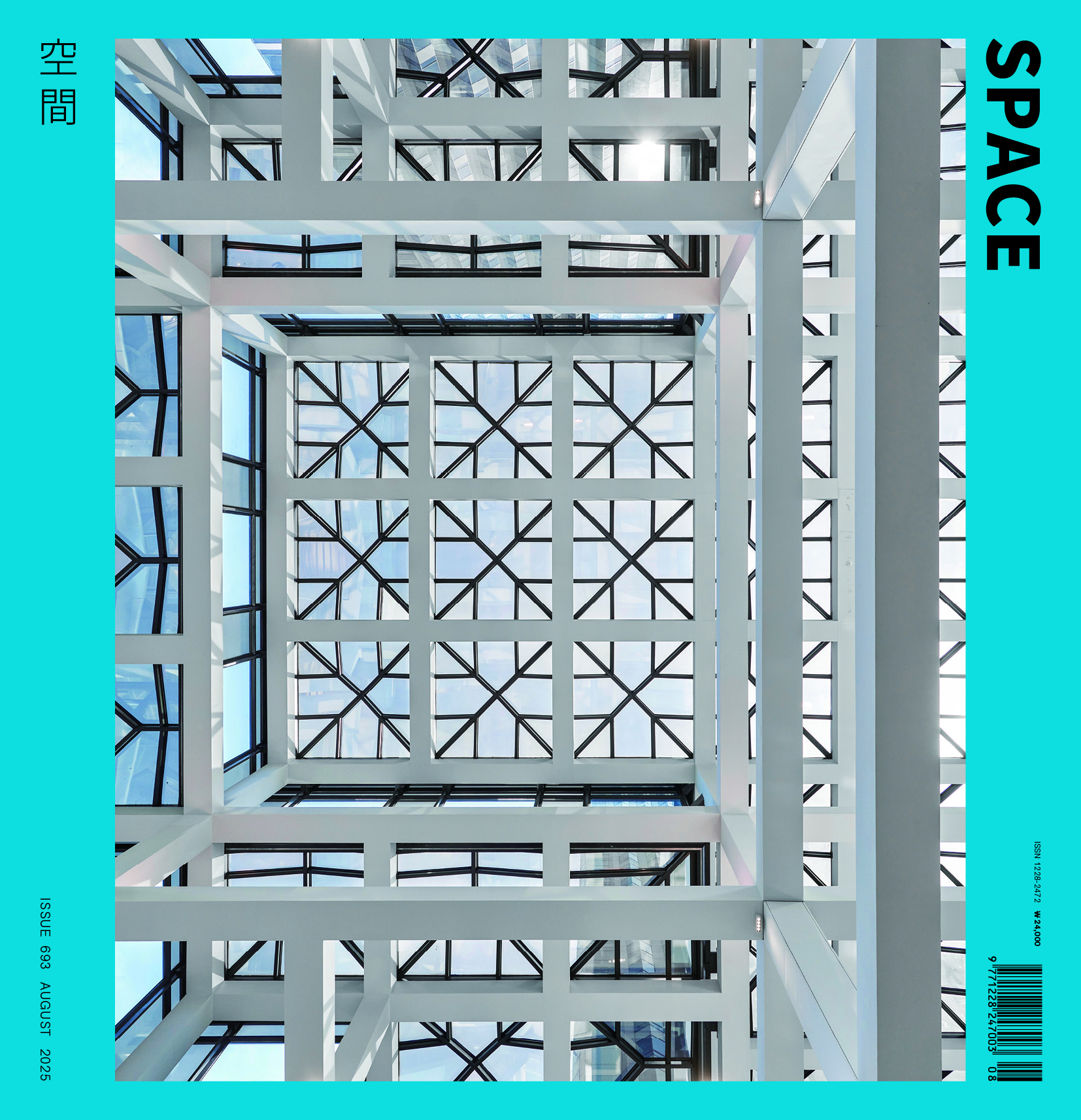SPACE August 2025 (No. 693)
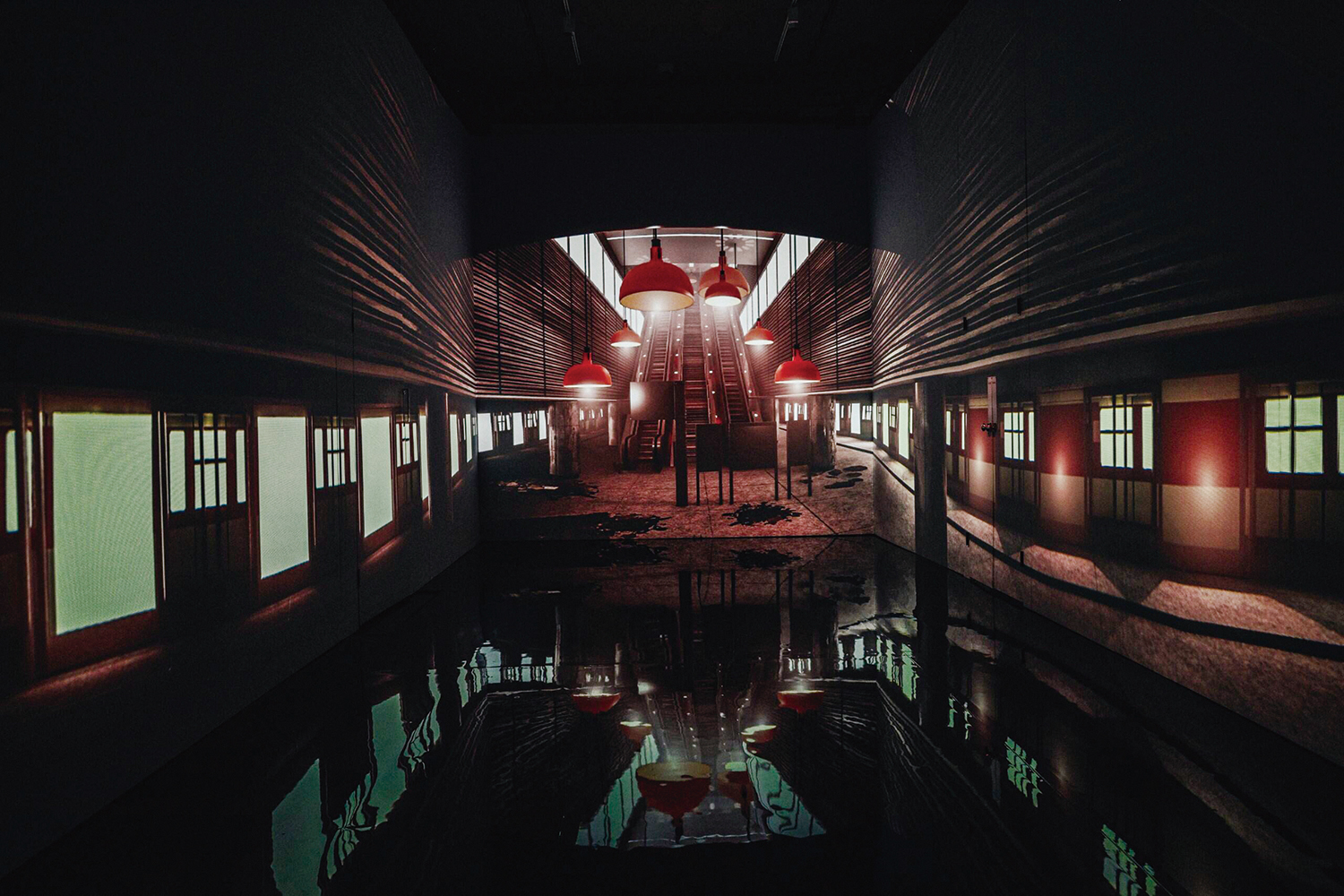
Exhibition views of Hong Kong Pavilion at the London Design Biennale 2025. Image courtesy of London Design Biennale
Between June 5 – 29, the London Design Biennale 2025 was held over three weeks at Somerset House in the capital of the United Kingdom. Launched in 2016 and now in its fifth edition, the biennially staged London Design Biennale poses a fundamental question – What alternatives can design propose in a rapidly changing world? – and serves as a platform to explore the methods for those alternatives. To that end, a wide spectrum of agents – nations, cities, institutions, regions, individuals, and transnational collectives – gathered to present diverse works. This year’s artistic director, British fashion designer and artist Samuel Ross (principal, SR_A SR_A),
used the theme ‘Surface Reflections’ to explore how our internal experience and external environment inspire ideas.
Among the presentations, the Hong Kong Pavilion titled ‘Human-Centred Design: Visuospace (Visuospatial Space)’ was especially notable. Organised by the school of design, The Hong Kong Polytechnic University, it was curated and project‑managed and designed by Choi Heesun (professor, The Hong Kong Polytechnic University) together with designer Yu Kaho and design assistants Ho Hongchun and Chow Tom. They produced an immersive art environment that volumetrically visualises the emotions people feel within urban space. Originating from research that evaluates the quality of living and working spaces through users’ emotional and cognitive responses, the pavilion carries significance beyond a purely aesthetic perspective by contributing to more human‑centred spatial design. By analysing cognitive patterns linked to various emotions and visualising them, it makes visible how humans move, perceive distance and depth, and how they navigate space; information that can serve as key data for designing more human‑centred cities.
The research data used in this exhibition is grounded in Choi Heesun’s recent studies.▼1 Focusing on urban perception and cognition, urban morphology, and place identity, Choi analyses the extent to which Hong Kong’s steep terrain and extreme density have fostered the formation of hybrid public spaces such as covered walkways, elevated bridges, and expansive interior lobbies. These public spaces connect the city at large and help keep pedestrian flows from being interrupted. Further, to explore how a constantly changing urban environment affects individuals and socio‑psychological factors, Choi generated 268 virtual scenes of 14 sites with varying parameters. While 360 participants experienced these scenes in VR, neural activity was measured using instrumentation, producing 8,628 moment‑by‑moment emotion ratings. Each video frame, timestamped to the brain‑signal data, was classified as one of six emotions (amazement, amusement, joy, frustration, gloom, or unpleasantness) and, together with location and design variables, built a large image dataset. This multimodal resource reveals which architectural characteristics consistently elicit emotions and shows that Hong Kong’s hybrid public spaces influence not only seamless movement but also positive emotional experience.
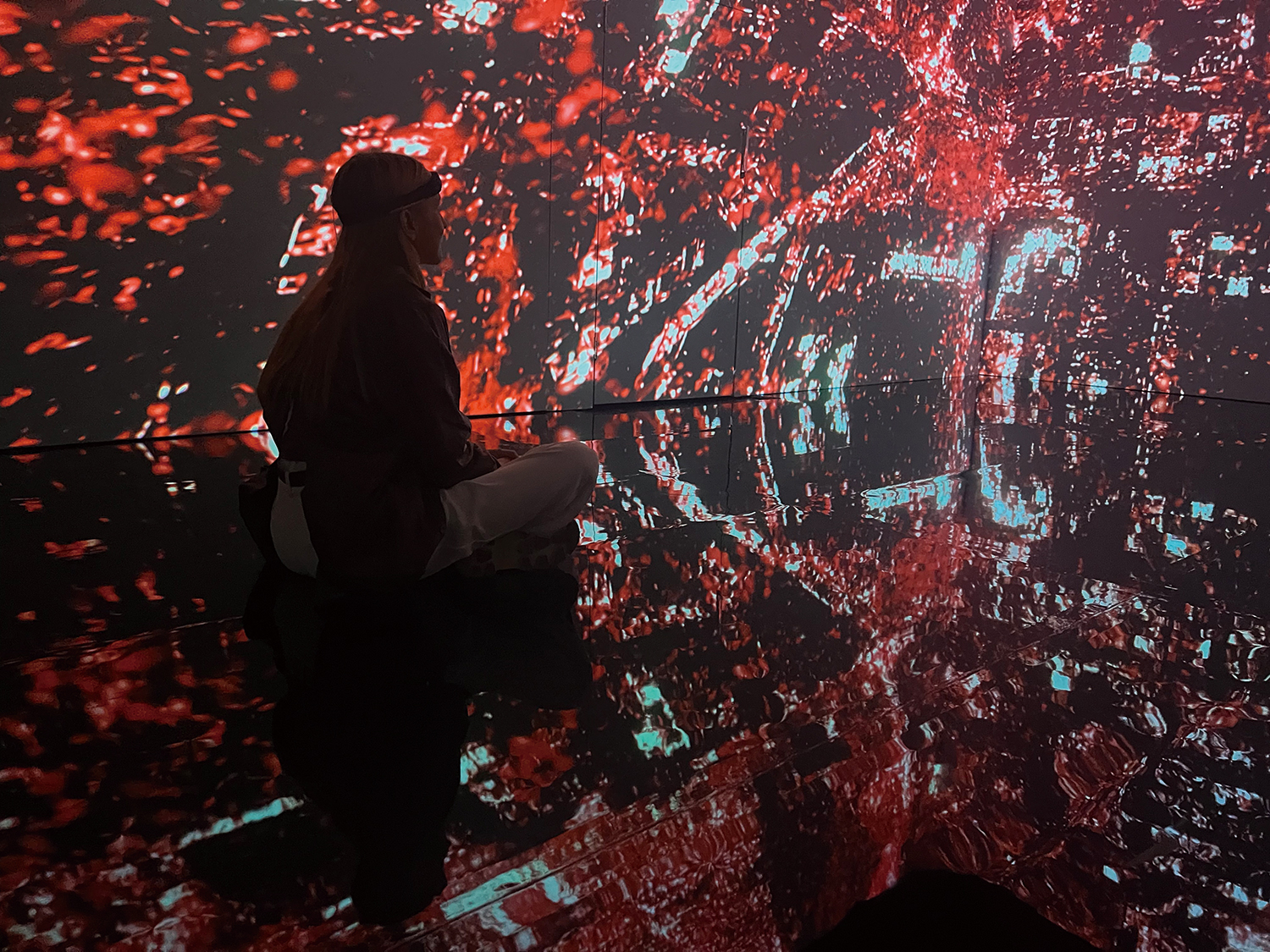
Exhibition views of Hong Kong Pavilion at the London Design Biennale 2025. ©Choi Heesun
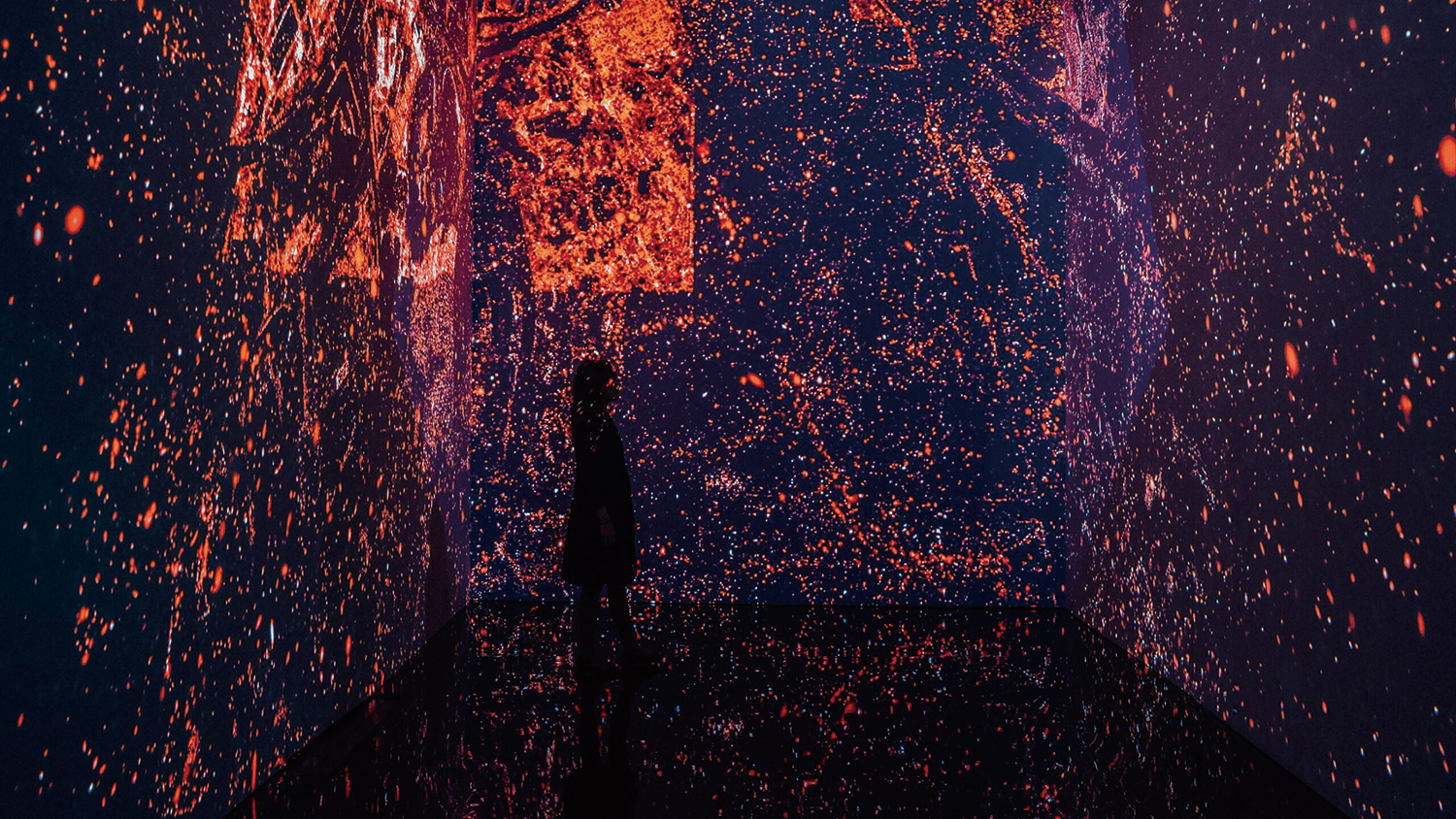
Exhibition views of Hong Kong Pavilion at the London Design Biennale 2025. Image courtesy of London Design Biennale
Drawing on the emotional dataset generated in the prior research, the exhibition constructs an ‘emotion‑layered’ environment that leads visitors on a dynamic journey inspired by Hong Kong’s urban structure. Media art projections engaging all four walls and the floorspace divide high‑rise building types into volume and vertical space, reconstructing spatial perception and emotional experiences in the city. Visitors move through vertically stacked rooms, ramps, and terraces, encountering simulation scenes calibrated to specific combinations of density, height, and enclosure, and these scenes are fused with lighting, sound, and tactile elements. They feel directly the emotions recorded in the study; awe in high atria, delight in lively walkways, tension in narrow corridors, calm on elevated open decks. In this way, the exhibition converts abstract data into sensory experience, enabling visitors themselves to experience how particular spatial conditions act on emotional perception.
To reflect visitors’ spatial cognition and emotions within the exhibition, a hologram was installed at the pavilion entrance to visualise in real time their spatial cognition and emotional states. During the exhibition period, MUSE (an EEG headset device) was used to measure and collect visitors’ real‑time emotional states in the gallery, and the collected data was rendered through the hologram as graphical forms integrated within the display.
Meanwhile, the Hong Kong Pavilion – praised for having ‘explored the evolution of design in shaping more humane urban habitats, focusing on care, coexistence, and emotional connection in cities’ – won second place in the Public Vote Award. Emphasising the importance of incorporating a neuroscientific perspective into urban spatial design, the exhibition returns to a foundational question: what constitutes a good space? How can a city embrace human senses and emotions? In what form should our cities ultimately take their place?
_
1 NEOM: The Line Project, Saudi Arabia International Research-Based Consultant Work (AWARD). 2022 – 2023. PI.
Choi Hee Sun, Bruyns G, Zhang W, Cheng T, Sharma S., ‘Spatial Cognition and Three-Dimensional Vertical Urban Design Guidelines—Cognitive Measurement and Modelling for Human Centre Design’, Urban Science 7. 4 (2023), p. 125.
Choi Hee Sun, Bruyns, G., Cheng, T., Zhang, W., & Sharma, S., ‘Human cognition and emotions for human-centred design in vertical interior urban spaces’, Journal of Urban Design, 30. 1 (2024), pp. 114 – 137.
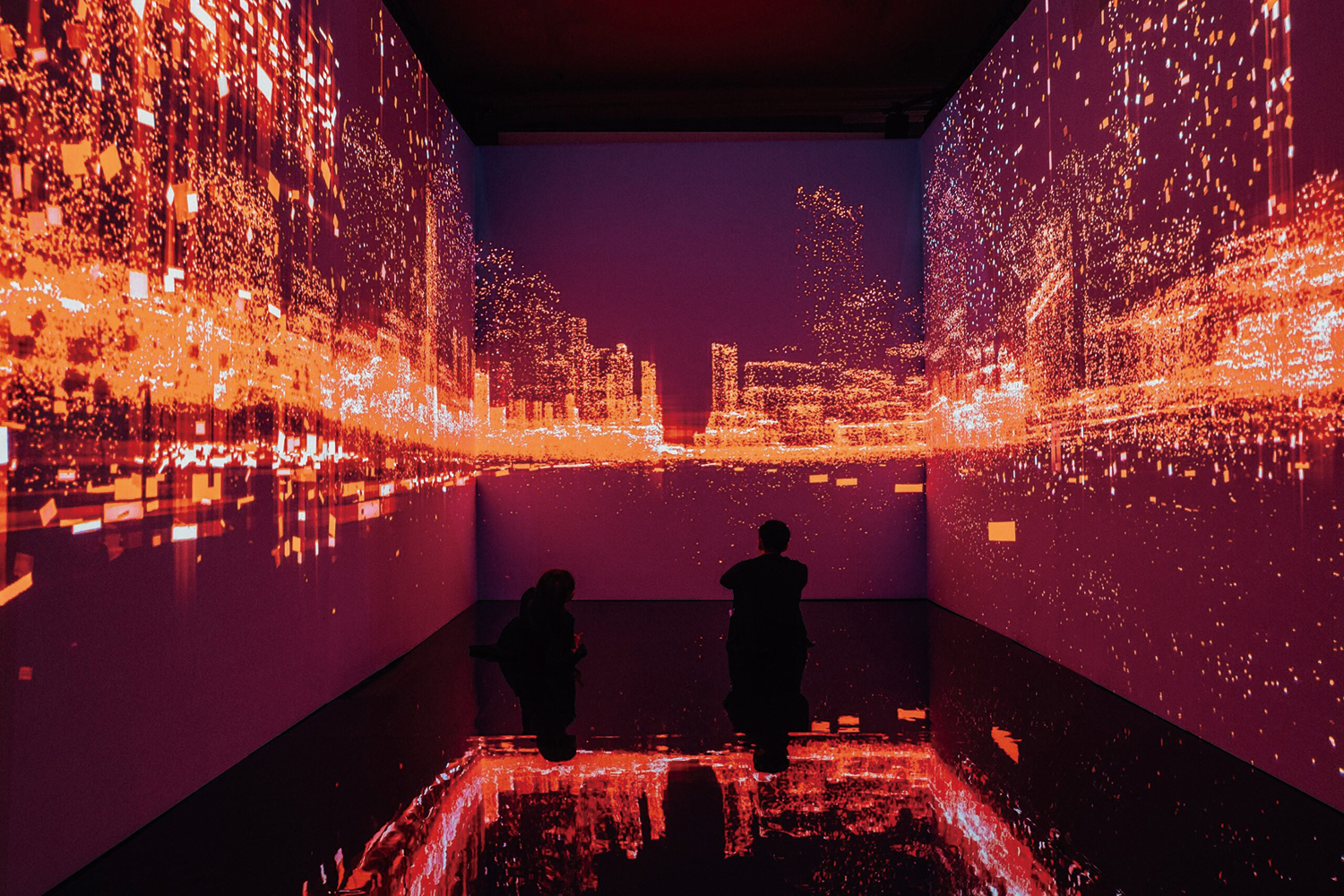
Exhibition views of Hong Kong Pavilion at the London Design Biennale 2025. Image courtesy of London Design Biennale
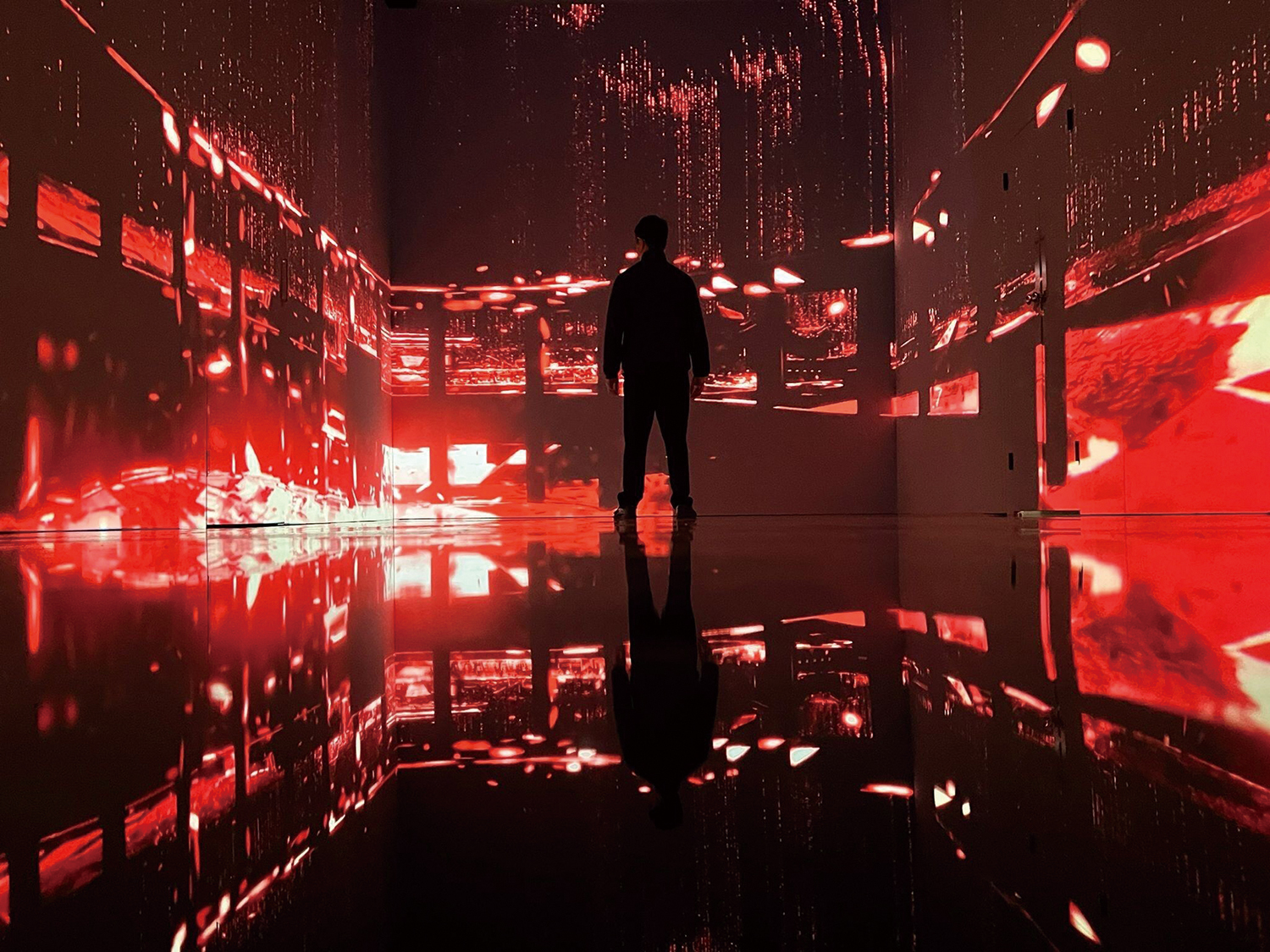
Exhibition views of Hong Kong Pavilion at the London Design Biennale 2025. Image courtesy of London Design Biennale
